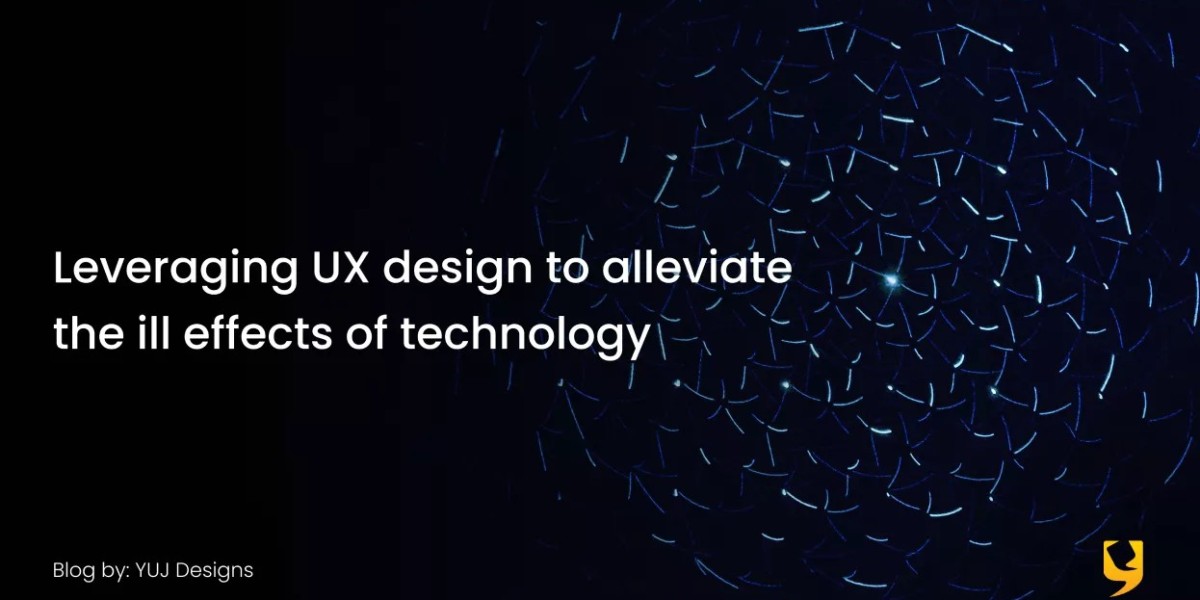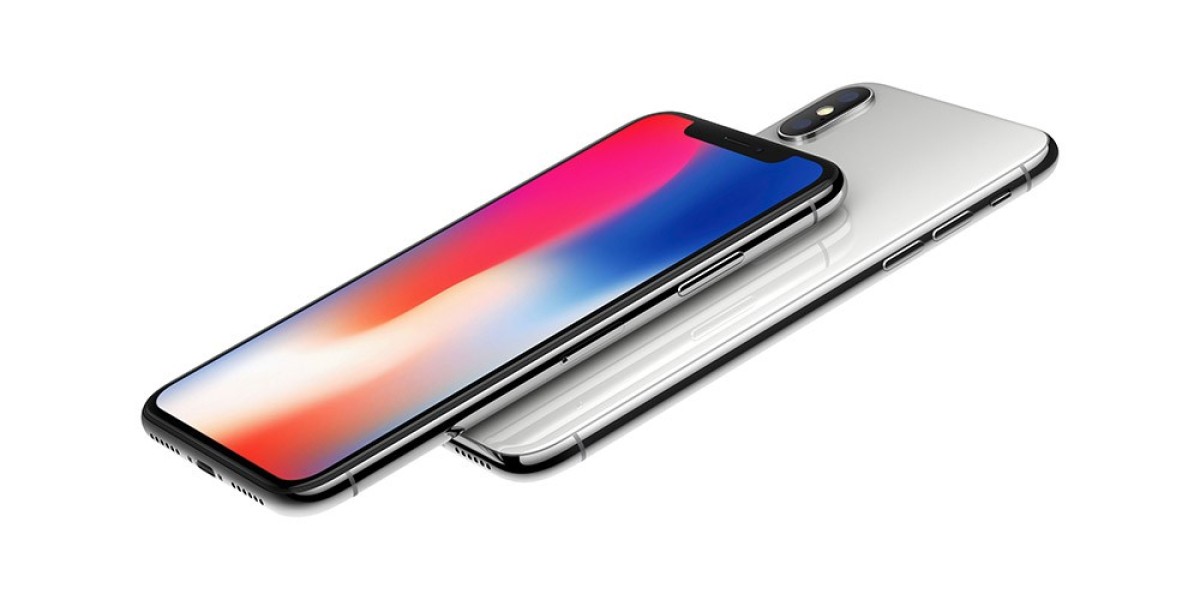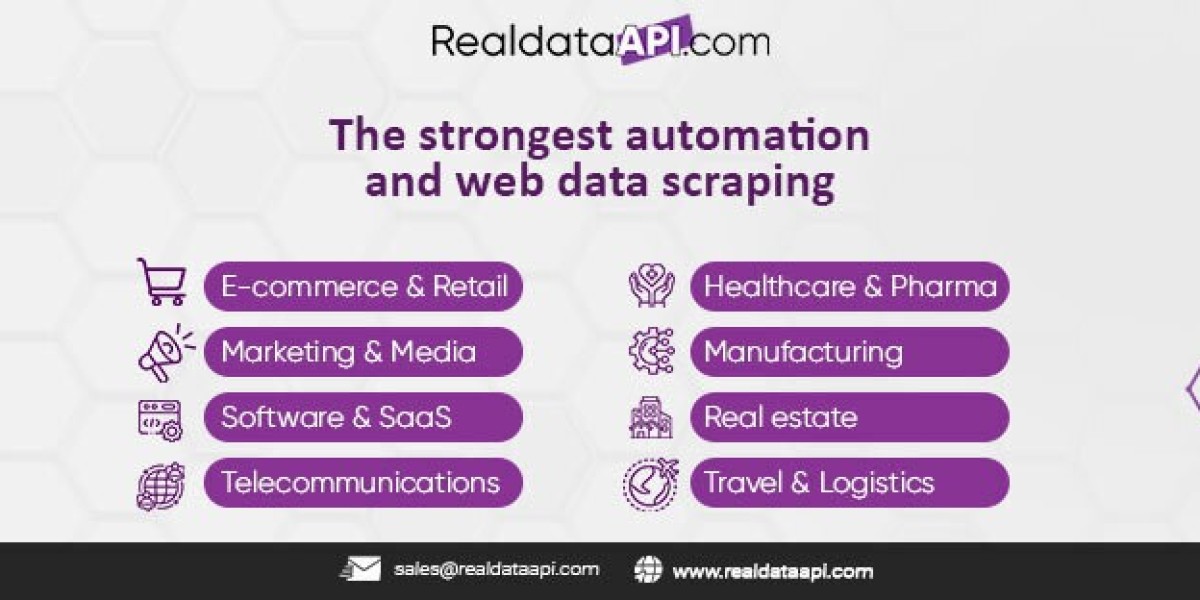Nod with us if you agree: Technology is so ingrained into our day-to-day living today that we don’t even feel the pain of ‘information overload’ anymore, correct? If the 1990s were an era of information overload, today, we’re in the thick of an information explosion. The data is right here: Recent research suggests that on average, people spend about 6 hours and 58 minutes online per day! Technology is in our DNA. With the onslaught of multiple tools and platforms–from social media and instant messaging to laptops and smartphones, the user is constantly ‘online.’ This is why the digital user experience (UX) is now more important than ever.
And why not? UX design has proven to deliver higher ROI for every dollar invested. It can improve conversion rates (and, by extension, revenues). It can also enhance the customer experience. And one area where UX design can have a lasting impact is creating human-centered designs for digital experiences such as apps and websites. When used strategically, UX design can not only alleviate the ill effects of technology but also help create human-centered experiences. Let’s understand how.
The Ill Effects of Technology

Image Credit — storyset.com
Let’s begin by understanding how technology is negatively affecting our lives. According to recent research, increased use of smartphones in children during COVID-19 led to the onset of serious mental illnesses such as depression, sleep irritability, anxiety, and cognitive impairment. Another study claimed that there was a direct link between prolonged use of social networking sites such as Facebook and depression as well as low self-esteem.
Clearly, the psychological impact of technology can no longer be ignored. More importantly, engaging in ‘digital detox’ or in complete digital abstinence is also not a sustainable solution. Why? Because try as we may, technology is an integral part of our daily lives.
In fact, as per a recent study, engaging in a smartphone detox led to the phenomenon of ‘fear of missing out’–or FOMO as it is commonly known. This can further worsen issues of anxiety. The point we’re driving home is this: Since we cannot say no to technology, as UX designers, we can at least minimize the impact of the ill effects of technology.
How UX Designers Can Deliver a Meaningful Technological Experience

Image Credit — freepik.com and storyset.com
As technology’s hold deepens into our lives, the role of UX designers has come into focus. Here’s how UX designers can leverage human-centric design to ensure that technology empowers, not affects, users. Here are some tried-and-tested tips UX designers can make their own:
- Humanistic, user-centered experiences can help make the information more relevant: There’s an increasing need for UX designers to curate designs that are inclusive and work toward making life easier for users, despite the ever-growing complexities of technology. While it may not be possible to reduce information overload, it can be made ‘relevant’ to people. Additionally, it is important to note that designing user-centric online experiences is not about controlling the information but making it more useful to users. This is the key to making the best of the situation at hand. Designers today are working with incredible forces trying to grab the users’ attention, fight for their preferences, and monetize their way into users’ lives. To that end, designers will have to take a stand and push against these efforts to help users find a mid-way to digital wellness.
- Technology demands a ‘humane’ approach: As ironic as it may seem, technology, regardless of its nature, requires a humane approach if brands want to get rid of the ill effects of digital tools (think: reduced attention span, increased stress, anxiety, depression, and more). In simpler words, UX designers must hone their human-centered skills to be able to deliver truly innovative and meaningful experiences. For example, they must have a good grasp of human psychology. Plus, UX designers should also be able to:
- Think about the ‘culture’ they are developing through design
- Act as the ‘guardians’ of digital experiences that are being created through technology
- Understand the ‘changes in human behavior’ and keep it in check for the betterment of the end-user through design
How UX Designers Can Bring Human Interaction Design to Life: Top Tips and Strategies

Image Credit — freepik.com
Let’s look at a few tangible and practical examples of how UX designers can incorporate human-centric methodology within their design thinking process. Here are a few tips and examples on how UX designers can nail the art (and science of human interaction design):
- By ensuring there’s a provision for alerts and notifications within the UI to increase awareness and make the user become more mindful of their digital activity. For instance, OnePlus offers a feature called ‘Zen’ mode, where a user’s phone will switch to ‘Do Not Disturb’ for a specified period of time:
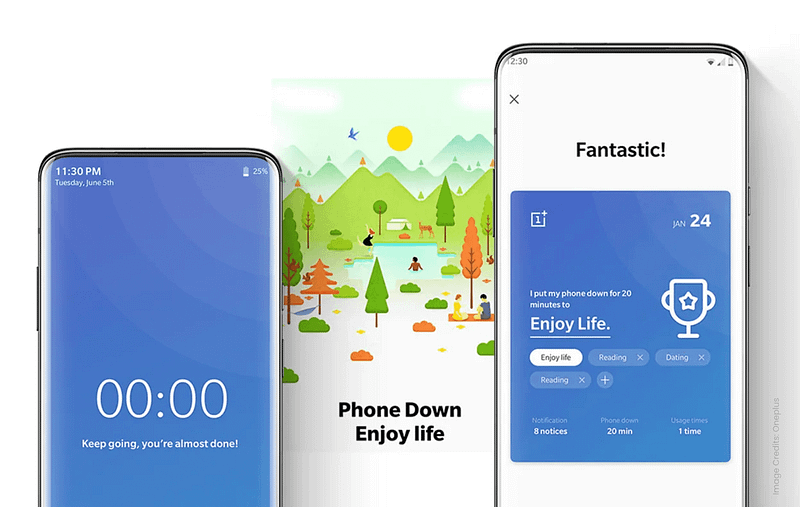
Image Credit — oneplus.com
- By focusing on building devices that support (and not hamper) daily activities and are not deemed ‘intrusive’ by the end-user
- By laser-focusing on measuring and monitoring the impact of design routinely
- By driving design enhancements that effectively address the diverse needs of the audience with every iteration or product design
- By customizing the services being provided based on in-depth personas such as the one shown below:

Image Credit — slickplan.com
These personas can be built by leveraging real-time customer data, thanks to AI-power tools, without compromising on the target audience’s security and data privacy.
- By building experiences to limit unhealthy behaviors (and not compound them). For example, the mobile app can track the screen time of the user and send alerts if they exceed the daily quota, as depicted below:
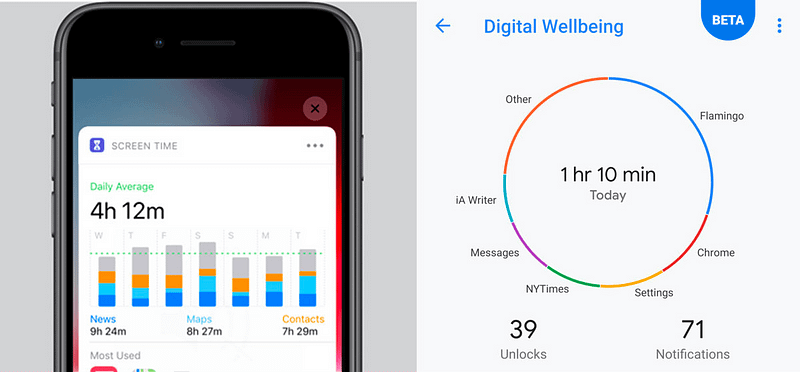
Image Credit — diygenius.com
- By honing their empathy and storytelling skills to be able to gather deeper insights into their target audience
The Future of UX
Human-centered design has emerged as the key tenet of design thinking, particularly when it comes to online user experiences. The future of UX lies at the intersection of addressing user needs by leveraging the power of AI-driven technology and taking into account business goals. A UX designer must draw inspiration from all these elements to build people-first designs that can add value to the user’s life, one code at a time. In summary, designers need to take responsibility to ensure that the social impact of their actions is positive nd approach UX designs accordingly.
Amplify your brand presence with the best UX design studio that truly aligns your needs with those of your consumers! Get in touch with us at YUJ Designs, today!
